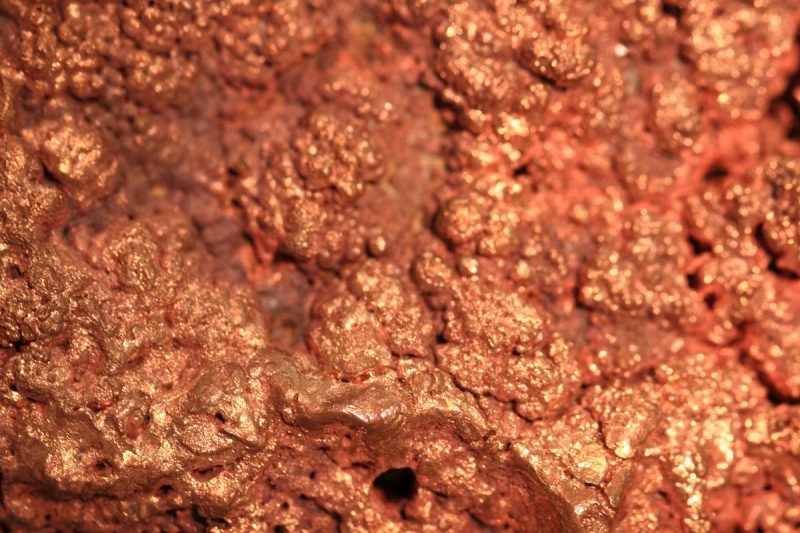
Copper Refining Unveiled: The Journey from Ore to Market (2024 Edition)
Copper Refining: From Ore to Market (Updated 2024)
Mining and Preprocessing: The first step in copper refining starts with mining high-grade copper ores from the Earth’s crust. These ores are typically extracted through open-pit or underground mining methods. Once the ore is collected, it undergoes various preprocessing steps to remove impurities and prepare it for further processing.
Crushing and Grinding: The mined copper ore is crushed into smaller pieces and then ground into a fine powder using machinery such as crushers and ball mills. This process helps to increase the surface area of the ore, allowing for better interaction with subsequent processing chemicals.
Flotation: Flotation is a crucial step in copper refining that separates the copper minerals from the rest of the ore. In this process, the finely ground ore is mixed with water and specific chemicals that attach to the copper minerals, forming a froth on the surface. The froth is then skimmed off, leaving behind the concentrated copper minerals.
Smelting: After flotation, the concentrated copper minerals are further processed through smelting. Smelting involves heating the copper concentrate in a furnace at high temperatures, resulting in the separation of copper from other impurities. The molten copper, known as matte, is then transferred to the converting stage.
Converting: In the converting stage, the matte undergoes further processing to remove sulfur and iron impurities, resulting in a product known as blister copper. This is achieved by blowing air through the molten matte, causing the sulfur and iron to oxidize and separate from the copper.
Electrorefining: The final stage of copper refining involves electrorefining, where the blister copper is purified through an electrolytic process. The blister copper is used as the anode, while a pure copper cathode is also immersed in an electrolyte solution. When an electric current is passed through the system, copper ions from the anode migrate to the cathode, resulting in the deposition of pure copper on the cathode.
Market Ready: The pure copper cathodes produced through electrorefining are now ready for the market. These cathodes can be further processed into various forms such as sheets, rods, wires, or ingots, depending on the specific requirements of customers. The high purity of the copper obtained through refining makes it a valuable commodity in various industries, including electronics, construction, and transportation.
Environmental Considerations: The copper refining process, like any industrial activity, has its associated environmental impacts. Efforts are being made within the industry to minimize these effects through sustainable practices, technological innovations, and stringent regulatory measures. Initiatives such as recycling copper scrap, reducing energy consumption, and implementing cleaner production methods are helping to make the copper refining process more environmentally friendly.
Looking Ahead: As the demand for copper continues to grow globally, the need for efficient and sustainable refining processes becomes increasingly important. Advancements in technology, coupled with a focus on environmental responsibility, will continue to drive the evolution of copper refining methods. By optimizing resource use, reducing waste generation, and minimizing environmental footprint, the copper refining industry is poised to meet the challenges of the future while maintaining its crucial role in various sectors of the economy.